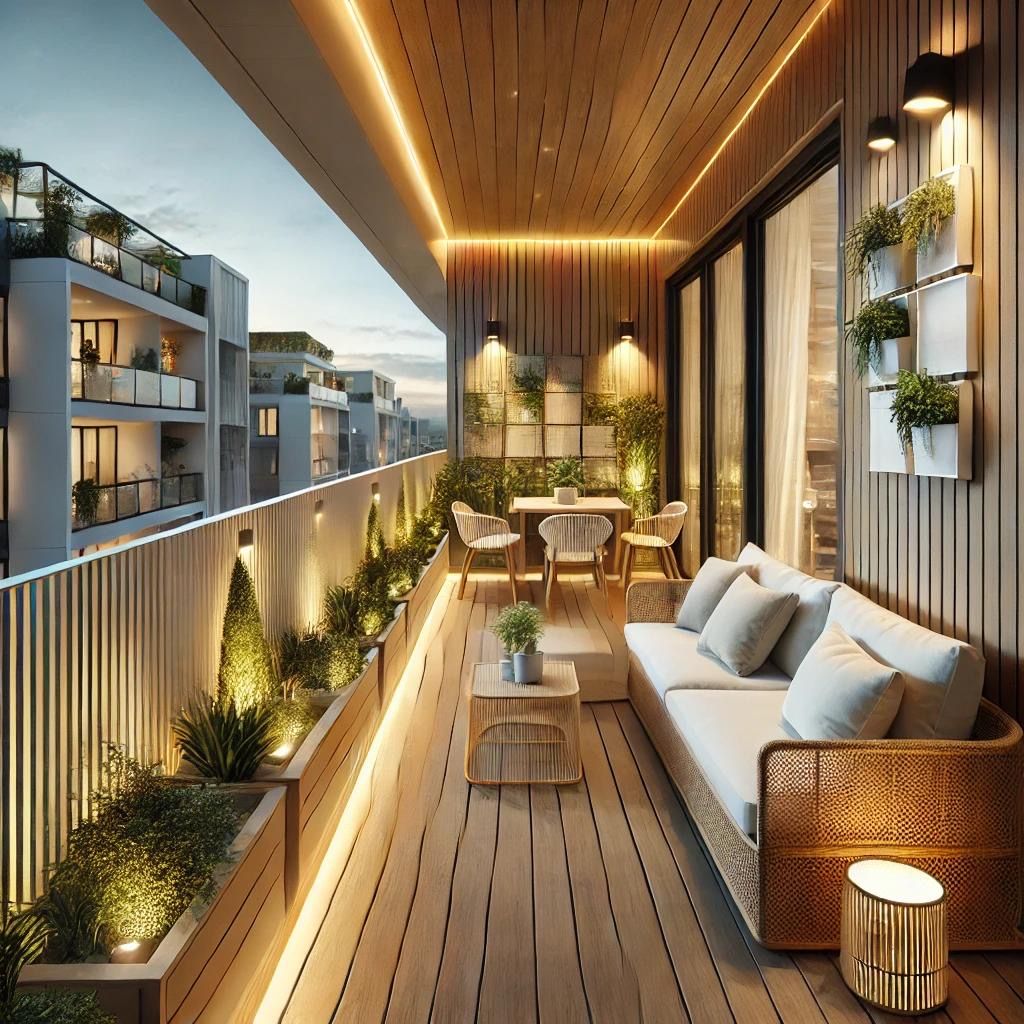“Room Garden Design: Transform Your Space into a Green Oasis in 2024”
Introduction:
Room garden design is an innovative way to bring nature indoors, creating a serene and refreshing environment right within your home. With urban living on the rise, incorporating greenery into your interiors has become a popular trend, enhancing both aesthetics and mental well-being. Whether you have a spacious living room or a cozy bedroom, this guide will help you explore creative ideas, essential tips, and the benefits of room garden designs.
1. Benefits of Room Garden Design
1.1 Improved Air Quality
Indoor plants act as natural air purifiers, removing toxins and improving oxygen levels, creating a healthier living space.
1.2 Enhanced Aesthetics
Greenery adds a touch of elegance and vibrancy to any room, complementing various interior design styles.
1.3 Stress Reduction
Studies show that being around plants can reduce stress, improve focus, and boost overall mood, making them ideal for workspaces and living areas.
1.4 Space Utilization
Room gardens utilize unused corners, walls, or shelves, adding functionality and beauty to your interiors.
2. Creative Room Garden Design Ideas
2.1 Vertical Gardens
Vertical gardens maximize space by growing plants on walls. Use modular planters, moss panels, or climbers to create a green wall that acts as a natural focal point.
2.2 Hanging Planters
Hanging plants like pothos or spider plants from the ceiling add a dynamic and layered look. They are perfect for smaller spaces.
2.3 Window Gardens
Turn your window sill into a mini-garden with potted herbs, flowers, or succulents. This setup not only looks great but also benefits from natural sunlight.
2.4 Terrariums
Glass terrariums filled with miniature plants and moss are excellent for desks or shelves, offering a low-maintenance yet elegant garden solution.
2.5 Indoor Water Features
Combine plants with small indoor fountains or aquariums for a tranquil, Zen-inspired garden.
2.6 Themed Mini Gardens
Design gardens based on themes like a Japanese Zen garden with bonsai and pebbles, or a tropical corner with large leafy plants and bamboo decor.
3. Plants Perfect for Indoor Room Gardens
3.1 Low-Maintenance Plants
- Snake Plant: Ideal for bedrooms as it releases oxygen at night.
- Pothos: A hardy plant that thrives in low light.
- Peace Lily: Known for its air-purifying qualities and elegant white blooms.
3.2 Succulents and Cacti
- Require minimal watering and are perfect for sunny spots.
- Examples include jade plants, aloe vera, and echeverias.
3.3 Herbs and Edible Plants
- Grow fresh basil, mint, or parsley for a functional garden that doubles as a kitchen helper.
3.4 Large Statement Plants
- Monstera Deliciosa: Adds a bold, tropical vibe.
- Fiddle Leaf Fig: Perfect for making a statement in living rooms.
4. Room Garden Design Tips
4.1 Choose the Right Containers
Opt for pots that match your interior design. Ceramic, terracotta, or even upcycled materials can complement various styles.
4.2 Ensure Proper Drainage
Use pots with drainage holes and a layer of pebbles at the bottom to prevent overwatering.
4.3 Optimize Lighting
Different plants require different light levels. Position plants near windows or use grow lights for darker rooms.
4.4 Layer Your Plants
Combine tall, medium, and trailing plants to create depth and visual interest in your room garden.
4.5 Regular Maintenance
- Water plants according to their needs.
- Dust leaves and prune regularly to keep them healthy.
- Use organic fertilizers for better growth.
5. Incorporating Room Gardens into Interior Design
5.1 Living Room
Create a cozy corner with a mix of large potted plants and smaller tabletop arrangements. Add a vertical garden as a statement wall.
5.2 Bedroom
Choose air-purifying plants like snake plants or peace lilies for a calm and healthy sleeping environment.
5.3 Kitchen
Set up a herb garden near the window for easy access to fresh, flavorful ingredients.
5.4 Bathroom
Use humidity-loving plants like ferns or orchids to create a spa-like ambiance.
5.5 Office Space
Incorporate plants like succulents or terrariums on your desk to reduce stress and boost productivity.
6. DIY Room Garden Projects
6.1 Pallet Planter
Repurpose wooden pallets into vertical planters for herbs or small plants.
6.2 Mason Jar Gardens
Use mason jars to grow small plants or herbs, ideal for shelves or counters.
6.3 Hanging Rope Planters
Create macramé plant hangers for a bohemian touch.
6.4 Recycled Bottle Planters
Turn old bottles into quirky planters by cutting them and decorating them with paints or twine.
7. Sustainable Room Garden Design Practices
7.1 Upcycled Materials
Use recycled containers or old furniture for planters.
7.2 Organic Gardening
Opt for organic soil, fertilizers, and pesticides to keep your room garden eco-friendly.
7.3 Water Conservation
Use self-watering pots or watering schedules to reduce water wastage.
7.4 Local Plants
Choose plants native to your region, as they adapt better to indoor conditions.
8. Conclusion
Room garden design is more than just an aesthetic addition—it’s a lifestyle enhancement that promotes health, happiness, and creativity. By incorporating plants thoughtfully into your interiors, you can transform any room into a green sanctuary. Start your room garden today and enjoy the countless benefits of having nature indoors!
